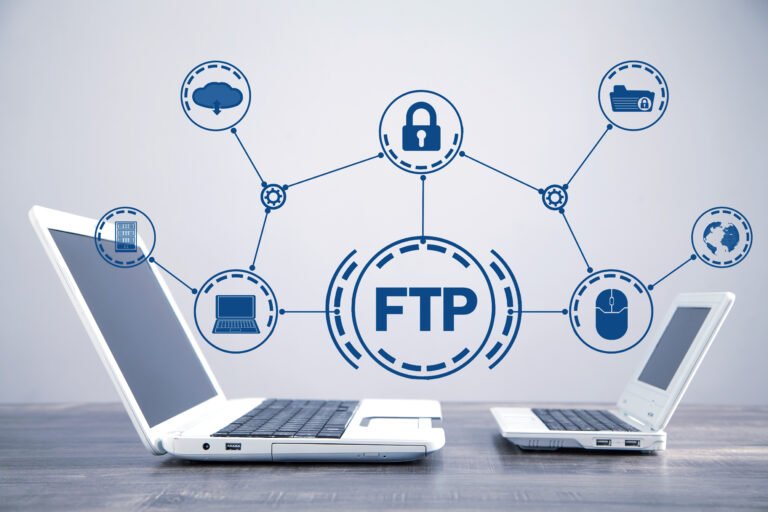FTP (File Transfer Protocol) has been a strategic method of sharing files for decades. Still, it has some security limitations that require vigilance. Keeping your file transfers safe is vital to safeguard sensitive information from unauthorized access and possible breaches. Use these four simple tips to secure your FTP transfers and protect your data.
Table of Contents
Choose Secure Variants of FTP
Since standard FTP usually transfers data in plaintext, it transmits information like passwords without encryption and exposes it to malicious actors. To further enhance security, consider using more secure variants like FTPS (FTP Secure) or SFTP (SSH File Transfer Protocol). While SFTP offers a secure channel over the network by encrypting both commands and data, FTPS protects data in transit by adding an encryption layer to the traditional FTP. You considerably minimize the risk of data interception by going for these secure alternatives.
Adopt Strong Authentication Methods
Undoubtedly, authentication is a vital element of FTP security. Attackers can easily gain unauthorized access if you use weak or default passwords. Consider enforcing strong, unique passwords for all your accounts associated with FTP transfers to bolster security.
If possible, it would also be best to implement multi-factor authentication (MFA). This adds an additional security layer by requiring an extra verification step beyond your password. This could be a text message or an authentication app. This extra step may help safeguard your files even if something compromises your password.
Regularly Update & Patch Your FTP Software
Cyber attackers primarily target outdated software because it might have known vulnerabilities. Updating your FTP software and utilizing security patches are critical to protect your file transfers. Since software providers often release updates to address security vulnerabilities and enhance functionality, staying on track with such updates is a proactive measure. Also, ensure that plugins or any associated software are updated to prevent third-party tools from exploiting vulnerabilities.
Use Secure Connections and Restrict Access
Using secure connections plays a vital role in safeguarding your FTP transfers. All your FTP connections should be encrypted using strong protocols like FTPS or SFTP to prevent malicious actors from intercepting your data during transmission. It’s also important to restrict access to your FTP server to only individuals who absolutely need it.
Adopting access controls and frequently reviewing user permissions can help prevent unauthorized access. Consider using IP whitelisting to limit access to specific IP addresses. This further secures your FTP server from unauthorized connections.
By following these effective practices, you can significantly improve the security of your file transfers and safeguard sensitive data from potential threats. Remember, securing FTP transfers isn’t a one-time effort but a continuous process that requires frequent updates. Staying up-to-date with security developments and adjusting your practices will ensure your data remains secure.

